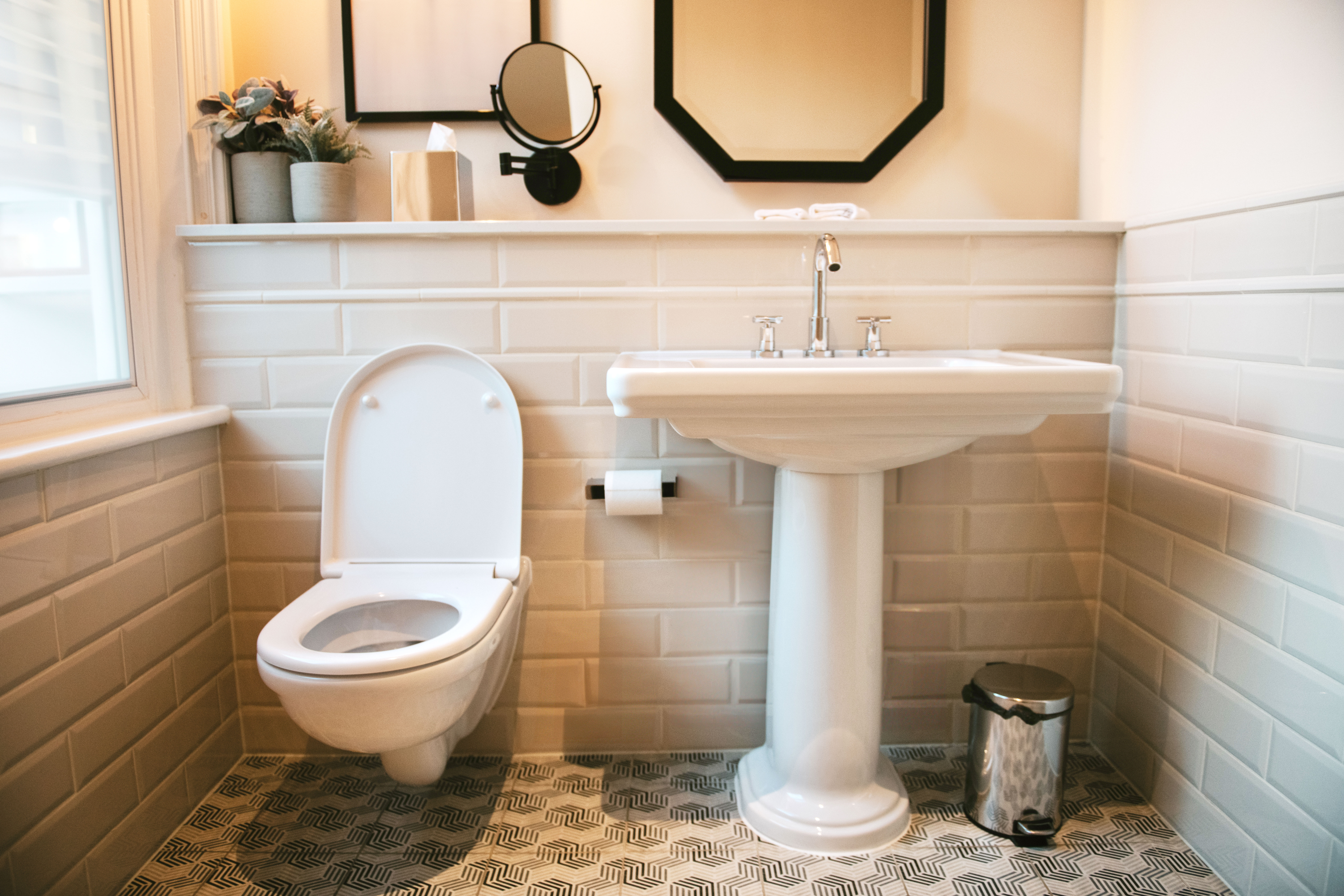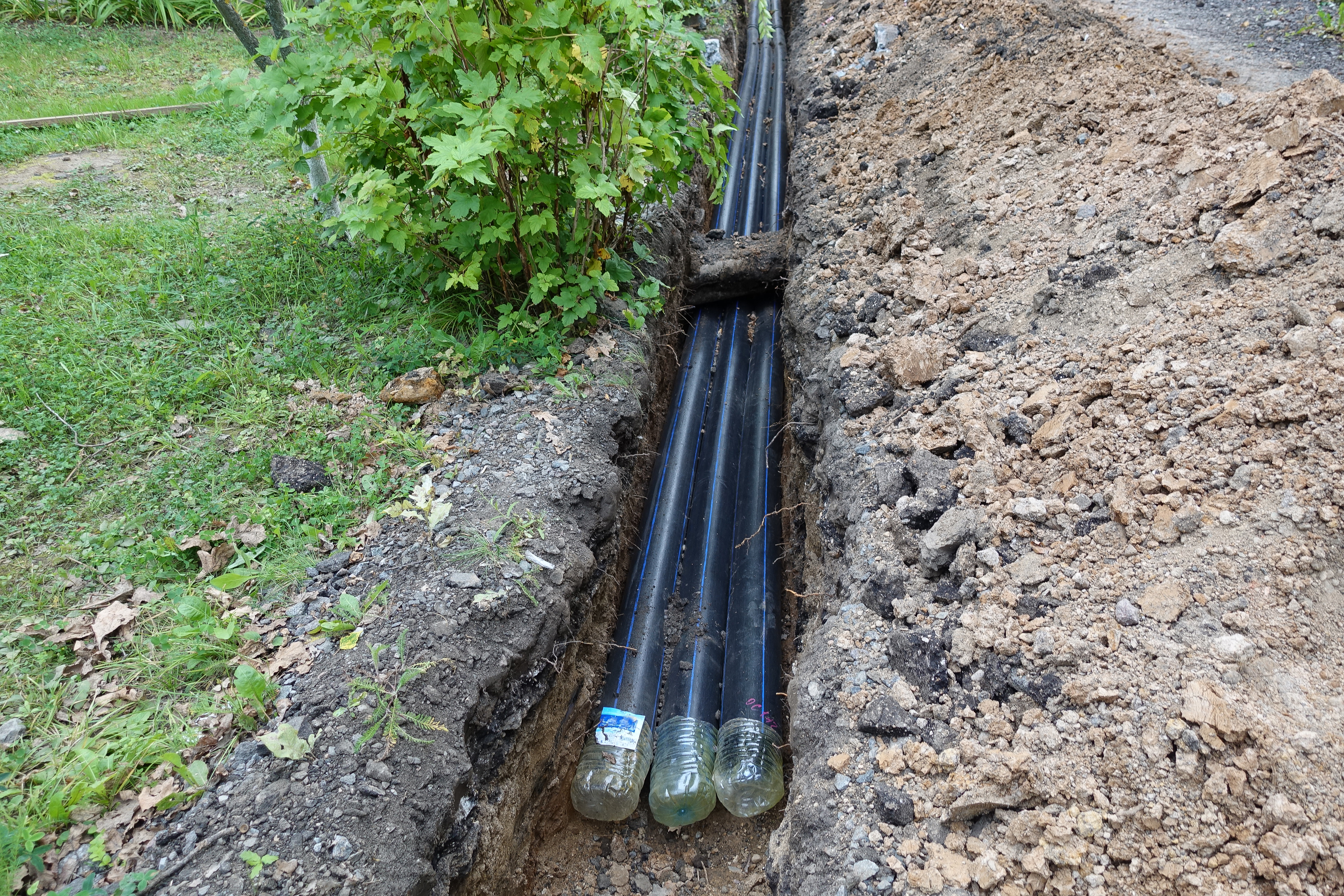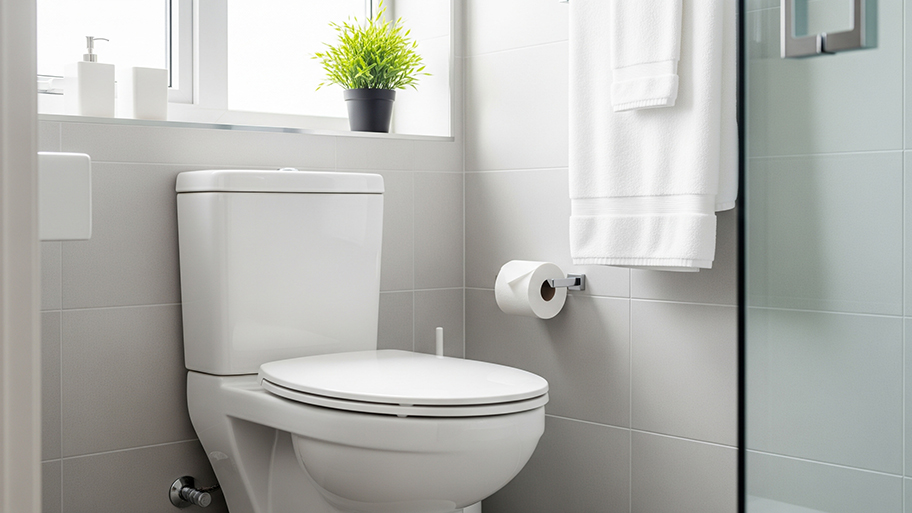
Learn how much a plumber costs in Atlanta and how to hire a licensed pro for repairs, upgrades, or emergency plumbing service in your neighborhood.
When your toilet speaks, you should listen


The most likely cause is a clog in your vent stack, which vents through your roof to neutralize pressure in your pipes.
This could be dangerous, as it means sewer gases are escaping into your home.
If it occurs in the winter, it could be ice or snow clogging the vent stack, and you can thaw it yourself.
Ensuring the top of your vent stack is covered is the best way to prevent future issues.
You hop in the shower for what should be a relaxing experience, but then you quickly find yourself asking, why does my toilet gurgle when I shower? What seems like nothing more than a minor nuisance can actually be a dangerous plumbing issue. Figuring out the underlying cause and getting a fix in place should be at the top of your homeowner’s to-do list.
The most likely reason that your toilet gurgles when you shower is a clog in the vent stack, which is the vent that travels through your home and exits through your roof. This vent introduces air into your plumbing system to neutralize pressure caused by water entering your drains. If it gets clogged, that air has nowhere to go but back through your fixtures. The escaping air causes the bubbling in your toilet.
Luckily, there’s an easy solution: clear the blockage in the vent stack. It’s best to call a local plumber for this fix, as it often involves getting up on the roof and snaking the vent from the top.
If the problem occurs only in winter, it could be due to ice or snow blocking the vent stack. In that case, you can try clearing the vent stack blockage yourself by running hot water for a few minutes in an upstairs shower or tub. The steam from the water will travel up the vent stack and slowly melt the blockage. Once you’ve dealt with the initial problem, have a roofer install a proper cap over the vent to prevent the issue from recurring.
In older homes or add-ons, your bathroom may not be connected to the vent stack and instead utilizes dedicated air admittance valves (AAVs) to introduce air from your living space into the drains serving individual fixtures. AAVs last for around a decade before they start to fail. With a damaged or failing AAV, air pressure can build up in your plumbing, causing those pesky toilet noises.
It’s possible to replace a malfunctioning AAV yourself if you have a replacement valve, a hacksaw, PVC primer, and cement. However, it’s best to have a licensed plumber come to ensure a proper installation and prevent the problem from happening again. AAVs keep dangerous sewer gases out of your home. This type of toilet repair costs under $150, on average, so the cost of your safety is worth it.
Drains in basement bathrooms usually feed into sump pumps, which collect wastewater and then pump it up into your main sewer line. When the sump pump turns on, it can create some negative pressure in your pipes, which can create a gurgling noise beyond the P-trap under your toilet.
Pay close attention to the toilet while your shower is running. If you hear gurgling deeper in the pipes, you may not have an issue. If you see air bubbles coming up from your toilet, replace the AAV or hire a professional plumber to replace it for you.
If you’re able to find the underlying issue, it’s possible to DIY a solution, either by thawing ice or snow that’s blocking your vent stack or by replacing malfunctioning air admittance valves. If you’re uncomfortable with or inexperienced in replacing PVC components, consider hiring a professional to ensure the job is done safely.
You should also call a professional if you can’t find the source of the issue or if fixing it requires accessing your roof, especially in the winter. Licensed plumbers can use proper safety equipment or even access the vent stack without roof access, and they’ll be able to identify the underlying problem to ensure you don’t experience gurgling or escaping sewer gases in the future.
There are several steps you can take to prevent gurgling from your toilet when showering, which will also help keep sewer gases out of your home.
Make sure your vent stack is covered: Your vent stack should be covered to prevent water, debris, and animals from getting inside. Have a roofer install a screen and cap to keep it clear.
Stay ahead of AAV replacements: Replace your AAVs every 5 to 10 years to ensure the seals are all working as they should.
Have annual plumbing inspections done: Annual plumbing inspections will identify problems with your vent stack and AAVs before they lead to more severe issues, and they’ll also catch other issues that could cause further problems down the road.
From average costs to expert advice, get all the answers you need to get your job done.

Learn how much a plumber costs in Atlanta and how to hire a licensed pro for repairs, upgrades, or emergency plumbing service in your neighborhood.

Discover the primary factors that will affect your main water line replacement cost in Atlanta, including length, material selection, and installation method.

Discover average main water line repair costs in Atlanta, GA, plus local factors that affect price, when to hire a pro, and how to maximize your budget.

Dealing with slow-draining sinks or a full toilet clog? Use this DIY guide on how to clear clogged drains to get your drain working again in no time at all.

Cutting pipes can be easy, but this job requires some safety measures. Learn how to cut metal pipes quickly and safely for any plumbing project.

Find the right type of toilet tank flapper for your bathroom, including rubber, silicone, standard, adjustable, and dual flush.